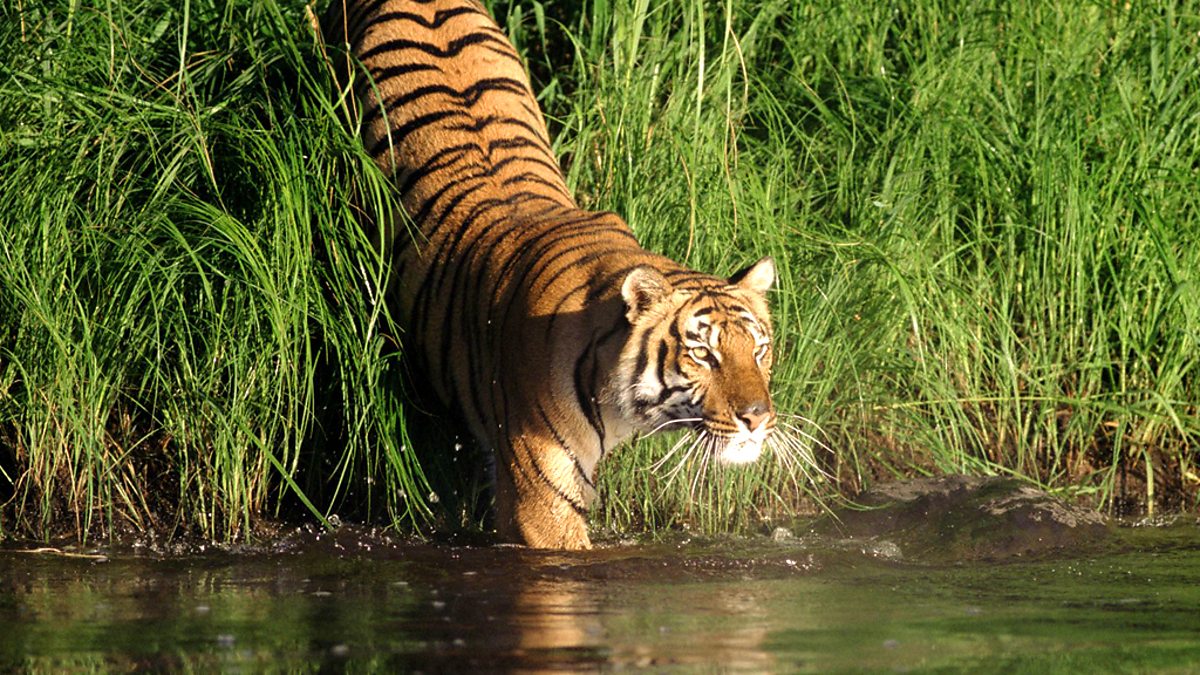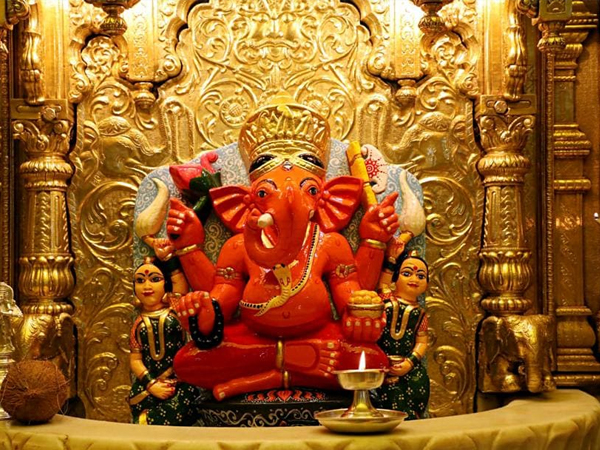It is a part of the world’s largest delta, consisting of the mouths of the Ganga, Brahmaputra and Meghna rivers. Sunderbans, the world’s largest estuarine forest covers an area of 9630 sq. km. and 70 % of the area is under saline water. The region comprises of luxuriant mangrove forests, swamps and forested islands, interwoven with a network of small rivers and rivulets. 40% of this area lies in West Bengal, while the remaining fall in Bangladesh. The area supports a unique ecosystem, specially adapted to the high salinity in this region. Sunderbans are thought to be named after Sundari trees. The region is quite rich in floral wealth, which includes, Genwa, Dhundal, Passur, Garjan, and Kankra. Apart from these trees, impenetrable Goran trees between 1.8 meter. & 3.6 meters. high covers almost the entire region. One of the most remarkable features of this place is the bayonet like roots of mangrove forests that stick out above the water level. It is also dotted with sacred sites like Ma Bonobibi (the goddess of the forest), Shiber Kumir (Lord Shiva’s Crocodile), Dakshinaroy (an ogre, the ancestor of all tigers) and Kapil Muni (an incarnation of Vishnu), etc.
 This famous home of Royal Bengal Tiger, sprawling over an area of 1330.10 sq. kms. forms the core of Sundarban forests. It became a part of Project Tiger’, launched in 1972 and was recognized as a World Heritage Site by UNESCO in 1997. Besides the tiger, it is a haven to a rich variety of animals, like wild boar, fishing cats, otters, civets, rhesus, monkeys and spotted deer. The brackish waters are full of aquatic and reptile life forms that include, olive ridley sea turtle, hard-shelled batgur terrapin, pythons, king cobra, chequered kill back, monitor lizards and Salvator lizards. The Sunderbans are also breeding ground for several variety of birds like, heron, egret, cormorant, fishing eagle, white-bellied sea eagle, seagull, tern, kingfisher as well as migratory birds like whimbrel, black-tailed godwit, little stint, eastern knot, curlew, sandpiper, golden plover, pintail, white-eyed pochard and whistling teal etc. Traversing the mangroves by motor launch is quite an experience. Also visit the Sajnakhali Sanctuary for birds, the ruins of a 400-year-old temple at Netidhopani and Kaikhali Island, a fine picnic site. The best time to visit is from September to May. During winters the chances of viewing the tiger are better. Accommodation is available at Forest Lodge, Sajnakhali.
This famous home of Royal Bengal Tiger, sprawling over an area of 1330.10 sq. kms. forms the core of Sundarban forests. It became a part of Project Tiger’, launched in 1972 and was recognized as a World Heritage Site by UNESCO in 1997. Besides the tiger, it is a haven to a rich variety of animals, like wild boar, fishing cats, otters, civets, rhesus, monkeys and spotted deer. The brackish waters are full of aquatic and reptile life forms that include, olive ridley sea turtle, hard-shelled batgur terrapin, pythons, king cobra, chequered kill back, monitor lizards and Salvator lizards. The Sunderbans are also breeding ground for several variety of birds like, heron, egret, cormorant, fishing eagle, white-bellied sea eagle, seagull, tern, kingfisher as well as migratory birds like whimbrel, black-tailed godwit, little stint, eastern knot, curlew, sandpiper, golden plover, pintail, white-eyed pochard and whistling teal etc. Traversing the mangroves by motor launch is quite an experience. Also visit the Sajnakhali Sanctuary for birds, the ruins of a 400-year-old temple at Netidhopani and Kaikhali Island, a fine picnic site. The best time to visit is from September to May. During winters the chances of viewing the tiger are better. Accommodation is available at Forest Lodge, Sajnakhali.




